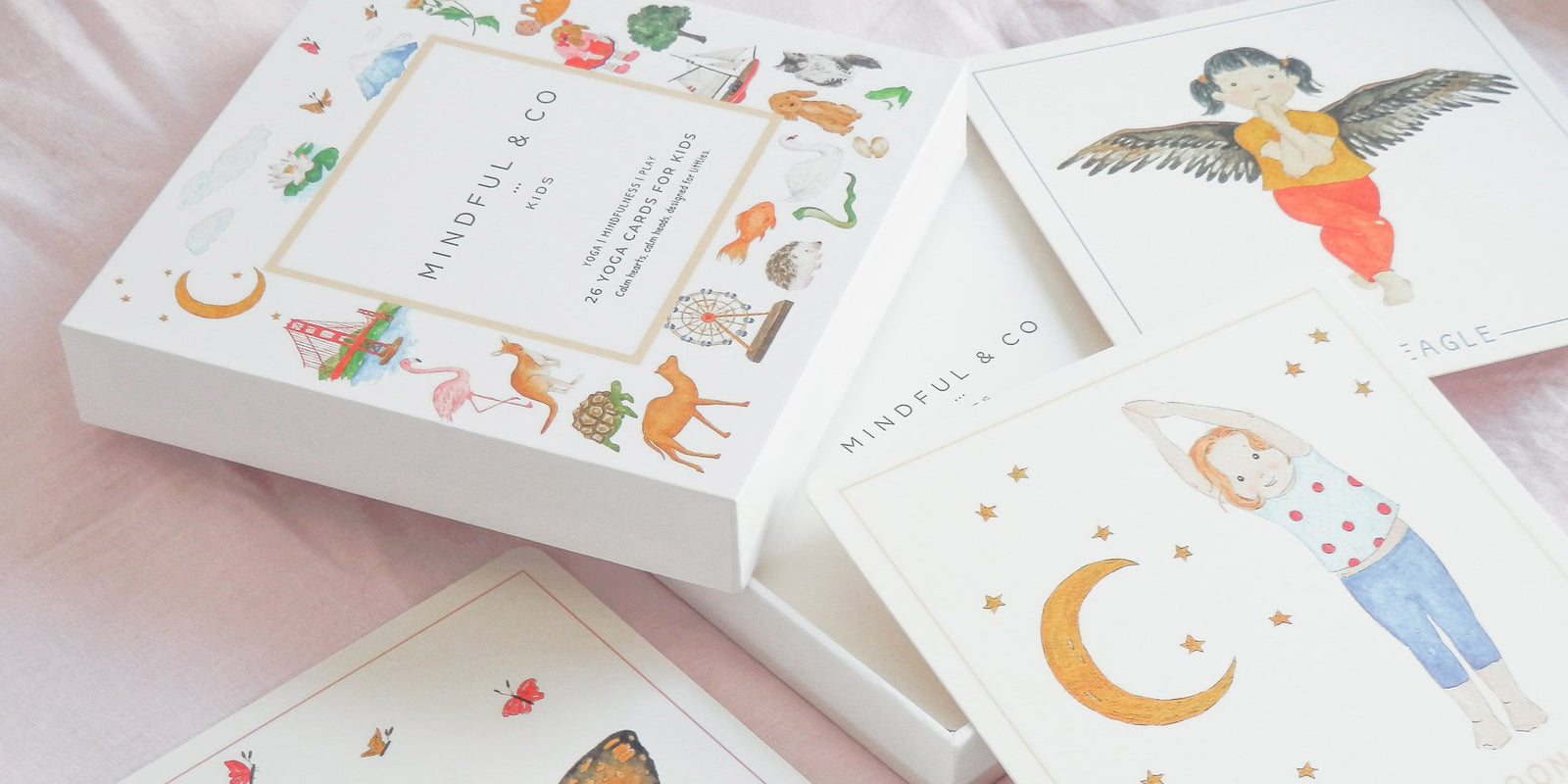It is crucial to recognize neurodiversity in the rapidly changing landscape of development in childhood. Children suffering from conditions like ADHD and autism require a safe and supportive environment in order to help thrive. There is a synergy between ADHD support, autism-related play, sensory integration and mindful toys for kids. By integrating these elements into their daily routines, caregivers and educators can create enriching experiences that promote holistic growth. For more information, click ADHD support for children

ADHD Help for Children: Fostering Focus and Confidence
Children who suffer from ADHD often face challenges in managing their focus and controlling their the impulses. To be able to offer effective help it’s crucial to implement strategies that engage their minds while respecting their individuality. Toys that encourage mindfulness and peace among children could be beneficial. They provide an experience that is tactile to ease restlessness and train children how to redirect their focus. The practice of mindfulness can aid in managing ADHD symptoms, and also teach children valuable life skills like emotional regulation stress reduction, and managing stress.
Autism Sensory Play – Nurturing Expression and Exploration
Children who are diagnosed with autism may find sensory experiences both challenging and enriching. Autism sensory play creates an enjoyable and stimulating environment for senses to help develop essential abilities. Sensory integration tools play an essential role in this method. They stimulate multiple senses simultaneously and encourage exploration of the sensory system coordination, as well as cognitive development. Through the use of their tactile auditory, visual, and other senses, kids are able to communicate more clearly their feelings and comprehend their environment. By encouraging autism sensory play with children, caregivers can assist them to speak out, develop confidence and feel more at ease with the world around them.
Sensory Integration Toys: Building Bridges for Child Development
Sensory integration toys function as bridges for children to be connected with the world around them. They are available in a variety of sizes, textures and shapes to address a variety of motor skills as well as senses. They allow children to experiment and to adapt to sensory input, which ultimately aids in the development of their sensory processing abilities. The three major benefits of sensory toys are
1. Enhanced Perception Sensory Integration toys expose children to various physical sensations, sounds and visual cues. This exposure helps their brains process sensory information better and improves the ability of their brains to adapt to every day situations.
2. Improved Motor Skills: A lot of sensory toys require precise hand movements, fine motor skills, and hand-eye coordination for manipulating. The play with these toys helps children refine their motor skills and dexterity. This leads to a better control of their bodies and confidence in their movements.
3. Cognitive Development: The multisensory nature of these toys stimulates different regions of the brain in a single session. This activity contributes to cognitive development through the stimulation of connections between various neural pathways, improving the ability to solve problems and creativity.
Mindful toys for children to help develop calmness and focus
The concept of mindfulness has gained prominence for its powerful influence on the emotional wellbeing of people. Toys that encourage the practice of mindfulness among children are made to help them be more aware and focused. These toys are typically filled with activities that demand attention to the smallest of details, such as coloring pages, puzzles or guided relaxation exercises. Through these games, children learn to focus their energy and attention to the task. This helps them at school and develop social abilities.
It’s crucial to emphasize the comprehensive approach built by the interaction of autism sensory toys and mindful toys for children and ADHD help. They aren’t separate but rather, they are a part of a larger picture to form a strategy that is designed to meet the needs of children who are neurodiverse. Caretakers can create an environment where emotional, cognitive and sensory needs are fulfilled through mindful activities and sensory play into their routines.
The process of helping children who have ADHD and Autism involves embracing the unique strengths and struggles of every child. The caregivers and teachers can help create an atmosphere that is nurturing through the use of sensory play, toys that incorporate sensory input, as well as mindful exercises. Whether it’s aiding in concentration, encouraging self-expression, enhancing sensorimotor processing, or promoting mindfulness, every component is a part of a holistic approach to the development of children. We can harness the potential of these strategies and create a brighter, more inclusive future for children with all neurodiversities.